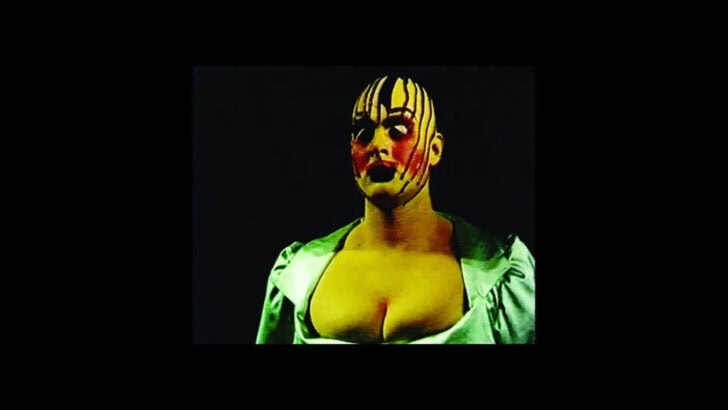The Danish Girl has received a lot of hype. And deservedly so. Hollywood productions focusing on trans issues are certainly hard to come by. Duncan Tucker’s brilliant Transamerica comes to mind, but that was over ten years ago now. Despite rave reviews and a reasonable amount of press, it only got a limited release and never quite made it into the conscience of the general public.
2015 in particular has been a year of growth, excitement, and advancement for the transgender community. Changing attitudes and more visibility with the emergence of public figures like Caitlyn Jenner means that people who didn’t even know the word “transgender” existed, now not only know it but understand it. The world is ready for a mainstream portrayal of the transgender story.
Interestingly, that’s not quite what The Danish Girl is. It is not a movie about transgender rights. But then, it never promised to be. It’s a story of one person’s struggle. And not just a struggle with gender identity, but also with mental illness. Protagonist Lili Elbe/Einar Wegener is painted as a hugely unstable, neurotic person, a brave move, albeit one that could prove controversial. After all, unstable neuroses are an unwelcome cliché of trans people. However some trans people ARE of course unstable, in the same way that some cisgender people are unstable. So hopefully people aren’t too quick to push the film into a box for that reason.
Months before its release, it was already under scrutiny for casting a non-transgender actor in a transgender role. But Eddie Redmayne’s performance as Lili/Einar is groundbreaking. He fully justifies his place in the film with a sensory, phenomenally involved and totally believable turn as both the charming, quietly confident Einar, and the breathless, withdrawn Lili. A truly unique, Oscar-worthy performance. Alicia Vikander is brilliant too as his passionately supportive wife Gerda. She sobs, snogs, laughs, dances and smashes her way through the film in a defiant, unignorable whirlwind.
Something that’s lovely about The Danish Girl is its moments of joy. Too often LGBT films are mostly doom and gloom; attacks and rapes, overdoses and hospitals. It may be historically accurate, but sometimes we just want to forget all that and live in the moment. That’s what The Danish Girl does. Although set at a time when transgender was unheard of, the characters live among liberal artistic social circles and, despite her own inner churnings, Lili is allowed several moments of warm, breathless joy, and it’s refreshing to see.
Aesthetically, it’s one of the most beautiful movies I’ve ever seen. Every brush stroke, footstep, and swish of a skirt is realised in meticulous, sensory detail. And their rendering of 1920’s Copenhagen is breathtaking.
All this slightly makes up for the fact that it’s all just a little bit…boring. It’s unfortunate, but the way the story is told is so protracted that, despite potentially riveting subject matter, you find yourself checking your watch. It’s directed by Tom Hooper, who directed The King’s Speech; another beautiful, boring film. Also Lucinda Coxon’s screenplay is sometimes a little too sentimental and American-sounding.
That said, The Danish Girl is still worth seeing. Apart from anything else, it’s a flawlessly-acted window into a unique and gorgeous world. And despite its faults, it still marks a turning point not only in cinema, but in the transgender movement.
• The Danish Girl will be in UK cinemas on 1st January.


















